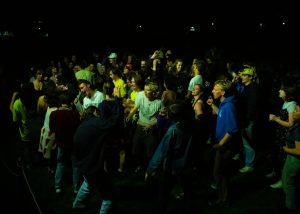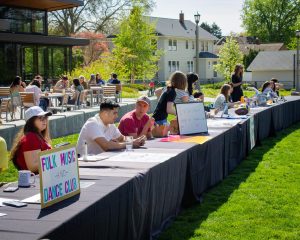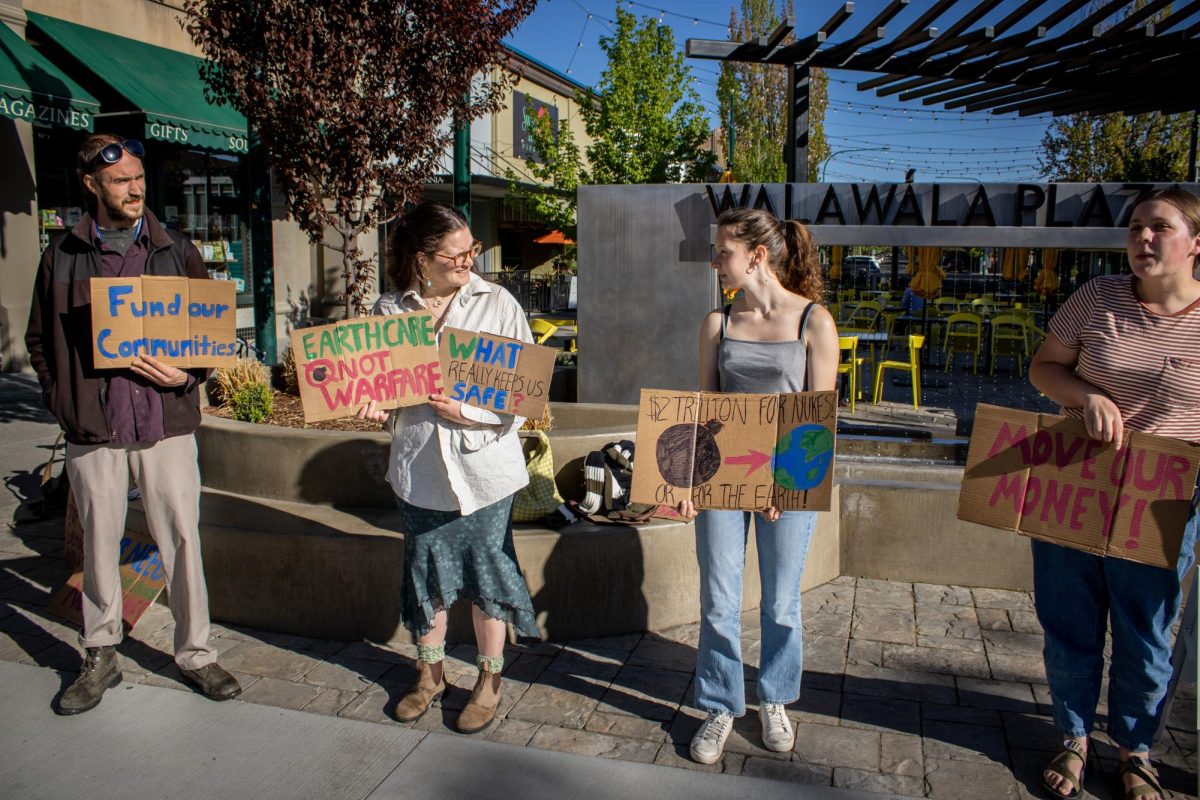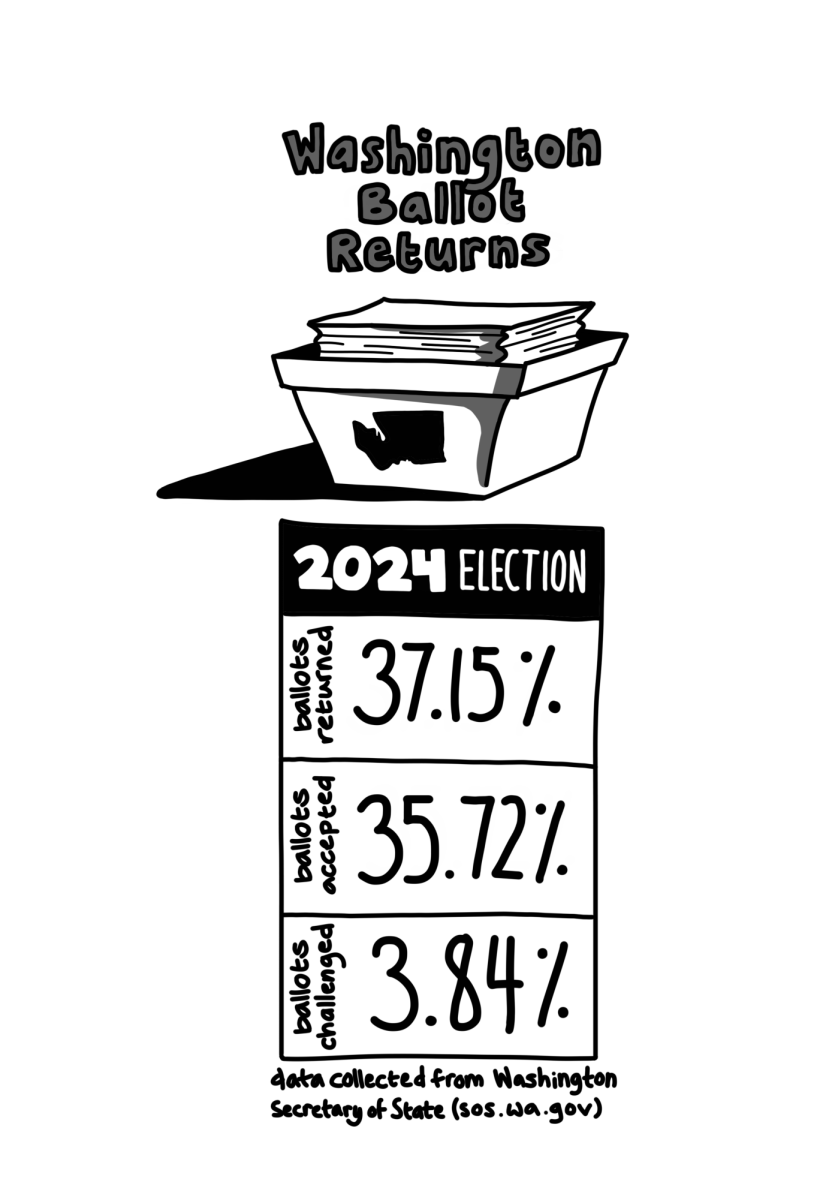
Any place as old as Whitman’s Maxey Museum is bound to have a few skeletons in the closet.
The Museum’s proprietors brought some of them to light last month when they discovered a box containing human remains and items thought to have been taken from Native American burial sites along the Columbia and Snake Rivers. The college will return the remains and associated objects to local tribes later this month, as per the Native American Graves Protection and Repatriation Act.
“[We’re] very happy to comply. The museum is a valuable resource, and the last thing we want to do is get in trouble with anybody. Not just the Native Americans, but the federal or state [government],” said Professor of Anthropology Gary Rollefson.
NAGPRA, a federal measure passed in 1990, requires all institutions that receive federal funding to return Native American cultural items to their places of origin, or face a fine from the Department of the Interior.
This is the latest in a series of several repatriations Maxey Museum has gone through since hiring former visiting professor Jennifer Karson as its NAGPRA consultant in the spring of 2009. Karson serves as a mediator between the college and the Confederated Tribes of the Umatilla Reservation, who have reclaimed many of the skeletal remains and funerary objects formerly stored in Maxey Museum.
“These items have been in the collection of Maxey Museum for probably about 100 years. It’s very hard to know how they came to be in the collection,” said Karson. “It’s now against the law to disturb archaeological sites. One hundred years ago, it wasn’t.”
The remains will be returned to the Tamástslikt Cultural Institute in Pendleton, Ore. The tribes will then take them to be reburied in a private location on the Umatilla reservation.
Repatriation of remains has long been a point of contention in the Northwest and other areas of the United States. Rollefson points to Kennewick Man, a prehistoric skeleton discovered along the Columbia River, as an example of when negotiations between tribes and archeologists may break down.
“Among some archaeologists there’s still a lot of push-back . . . How do we repatriate this to the proper Native American group if we can’t even identify it? It’s a difficult moral question, it’s a difficult legal question. Some American archaeologists would say it’s a difficult academic question,” he said.
Fortunately, most of the remains found in Maxey have been easy enough to identify that repatriation has presented few major conflicts.
“We’ve never had anything as potentially earth-shattering as Kennewick Man,” said Rollefson.
According to sophomore Blythe Monoian, president of the American Indian Association at Whitman, artifacts looted from grave-sites are still a sore point for many Native Americans.
“[It’s] adding insult to injury. . . There are still people alive today who have undergone oppression from the government, who had to go to Catholic schools and were forced to not speak their language and were taken away from their parents. The oppression is still so recent,” she said. “[Repatriation] is trying to reclaim the things we do have left, and artifacts tend to be extremely valuable.”
Karson said that at this point Whitman seems to have accounted for and repatriated many of the human remains in its collection.
“There’s hardly any human remains left [at Whitman], so that’s good. That’s almost completed,” she said. “We’re miles ahead of places like Harvard, Berkeley, University of Oregon. Every university has to deal with this, unfortunately.”







